Tripatini
the world's smartest travel social network
Playing With the Whales in Baja California
The next time you get tired of winter, book a flight to La Paz or Los Cabos, in Baja California Sur, Mexico. During the months of January through April, the weather in La Paz is absolutely perfect, and it is a wonderful time to take the opportunity to get up close and personal with gray whales and their calves.
Getting There
La Paz has its own airport, but the bigger Cabo San Lucas airport about 100 miles south has more flights and services.
When we arrived in Cabo, we took a taxi for the almost three-hour scenic ride on Mexico Route 19 from Cabo to La Paz – the road was good and we zipped right along.
It does not take long to confirm that Baja California is indeed a desert, and we found ourselves imagining that the thousands of cacti along the highway were humorous stick “characters.”
Route 19 runs parallel to the pristine sandy beaches of the Pacific for about 50 miles north of Cabo and before cutting east across the peninsula to La Paz.
We stopped only once for a bite to eat in the small town of Todos Santos on the Pacific side of the peninsula. We ate at La Coronela restaurant in the Hotel California. We dined in the hotel’s comfortable courtyard, the food was excellent – and the beer was ice cold.
The City of La Paz
La Paz is a city on the Sea of Cortez with some 200,000 residents, but much of the tourist activity is near the water where La Paz’s flavor takes on the vibe of a prosperous seaside village.
Traffic wasn’t bad coming into town along the shore and picturesque waterfront La Paz Malecón, so we reached our hotel in short order.
The Hyatt Place is a new hotel in the exclusive Costa Baja area of La Paz. It’s right in front of a marina that is home to magnificent yachts from around the world. The hotel rooms are spacious and modern, and each booking comes with a tasty hot breakfast with eggs your way, pancakes, fruit, juice, coffee, etc.
Our videographer friend Richard Williams was on the trip with us, and put together a creative film clip about the Hyatt. See it *here*
Up in the Morning
It was breakfast at sunrise and into a van for the 170 mile drive across the peninsula, to the Pacific side and Puerto Lopez Mateo.
The journey took about 3.5 hours, with a brief stop for a delicious lunch (we had fresh fish) in the small town of Constitución.
When we arrived at the whale-watching dock in Puerto Lopez Mateo, we were anxious to don our life vests, board our boat, and be introduced to the mighty gray whales that were waiting for us in the inlet.
About the Whales
Every year, traveling at speeds of about 5 miles per hour, 10 to 15 thousand gray whales make their way from the freezing waters of Alaska’s Bering Sea along the Pacific Coast of America to the warm waters of Mexico’s Baja California Peninsula. It is here that the female grays bear their calves.
There are only three places in the world where gray whales give birth, and all of them are in Baja, Mexico. After birthing, the mothers and their offspring stay in the safety of the lagoons for several weeks in order for the mothers to teach their newborns to feed, swim, and socialize with other whales. The male grays leave Baja first, but by April the majority of the whales are on their 5,000+ mile trek back to Alaska.
An Organized Adventure
State and federal licenses are necessary to go whale watching in Baja. Your tour company will instruct you on how to obtain them.
Only guides who have been tested and certified in the nuances of protecting the whales can lead a tour that intends to get close enough to touch the gentle giants. Our tour boat, like all the others in the fleet, had to pass a passenger safety inspection.
There is a limit to the number of boats that can congregate in a given area, which assures that the whales are not threatened, and have ample room to maneuver.
About Our Tour Boat
The whale encounter boats are called pangas and are 22 feet long. They are specifically designed for the purpose of whale-watching.
José, from the Cortez Club, led our tour and helped us into an über-clean panga that easily and comfortably seated the eight people in our group. The quiet outboard motor moved us briskly along the placid water of the lagoon as we searched for whales. The weather was a pleasant and dry 78 degrees, and when we stopped to visit with some grays, there was just a slight chop on the water.
Calling the Whales
José advised that by slapping the water on the side of the boat we would attract whales, and sure enough, it took just minutes of splashing before a 50-foot-long, 70,000-pound gray whale, accompanied by her calf, decided to play (The photo below shows a baby whale approaching a panga).
At first it was a bit disconcerting to watch this barely submerged creature, the size of a school bus, bearing down on the center of what felt like our quickly shrinking panga.
However, in every case, the breathing bus slowed to a glide as it neared the boat. At that point, the whales cruised closely alongside, and we quickly comprehended they were encouraging a friendly pat on the back.
As they approached, the whales might do a shallow dive under the boat, only to appear on the other side spouting plumes of water high into the air – what fun for them!
Be sure to keep your camera lens protected for the duration of these momentary monsoons.
Sometimes, mom will hang back and watch her calf interact with the excited guests, but most of the time she is right there in the thick of the action – getting her own strokes.
During these encounters, there is no doubt in any passengers mind that these are highly intelligent mammals, who fully comprehend their enormous power and prowess.
What a Thrill
It is all very exhilarating, and any concerns of personal safety are quickly dispelled as everyone lunges to get in a back slap, head pat, or a chin tickle on the gigantic mama whale or her frolicking 20-foot calf.
This is fun of the first order, time passes quickly, and it never gets boring. Some people laugh, some scream like they are on a roller coaster, and some cry with joy over the spiritual connection they feel with these magnificent animals.
Eventually, and probably when mom thinks that junior has had enough attention, she heads off towards open water. Several whales gave us fluke or tail waves as they departed – maybe it was coincidental, but we choose not to think so.
It is safe to predict, that all the thousands of people that experience this annual celebration of life and nature become life-long advocates for the complete banning of whale hunting. These gentle denizens of the deep, who are so much more powerful than we mere mortals, deserve our ultimate respect and protection.
We heartily recommend this adventure for anyone yearning to fully experience the beauty and grandeur of nature – on a very large scale.
For more information about whale encounters and the other wonders of La Paz, check out this website: www.en.golapaz.com/
Be sure to view our friend Richard's film clip about our whale encounters. Click *here*.
For other exciting sea adventures, see our stories about:
A night encounter with giant Manta Rays in Hawaii
Diving in a submarine in the Cayman Islands
Sailing the coast of Maine on a magnificent schooner
Happy travels!
© Travels with Wayne and Judy Bayliff
Photos © Wayne and Judy Bayliff
Comment
-
Comment by Shannon Farley on March 26, 2015 at 8:00pm
-
Fantastic story. Thank you for sharing. Makes me want to go to La Paz as soon as possible to be with the Gray Whales! :-)
Videos
Groups
-
India
173 members
-
Tour Operators
873 members
-
Ireland
93 members
-
South Dakota
17 members
-
Azerbaijan
17 members
-
Shopping the World
55 members
-
Tech for Travel/Hospital…
87 members
-
Andorra
26 members
-
Online Corner
75 members
-
Minnesota
22 members
-
Backpackers & Hostels
84 members
-
Portugal
60 members
-
Turks and Caicos
26 members
-
Agritourism/Farmstays
72 members
-
Zambia
21 members
© 2025 Created by EnLinea Media.
Powered by
![]()
Badges | Report an Issue | Privacy Policy | Terms of Service
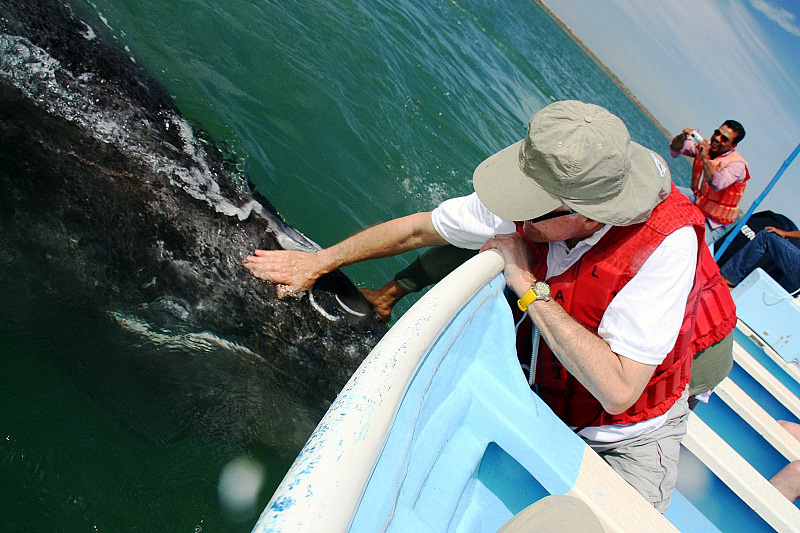
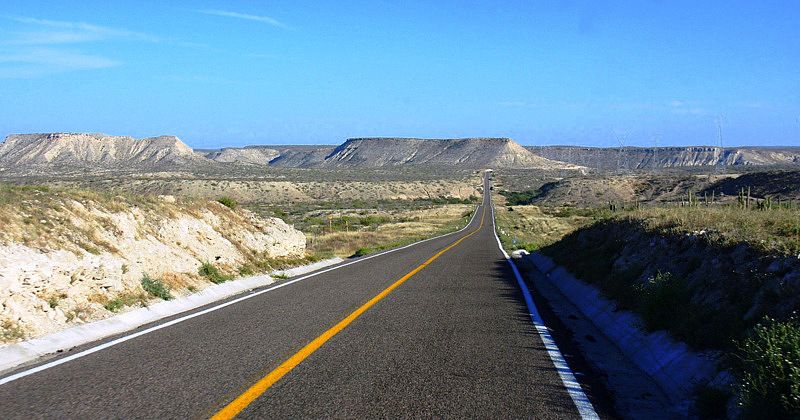
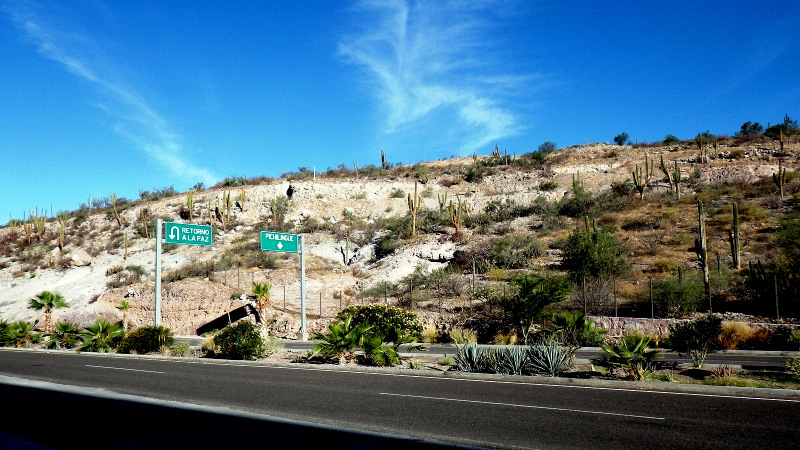
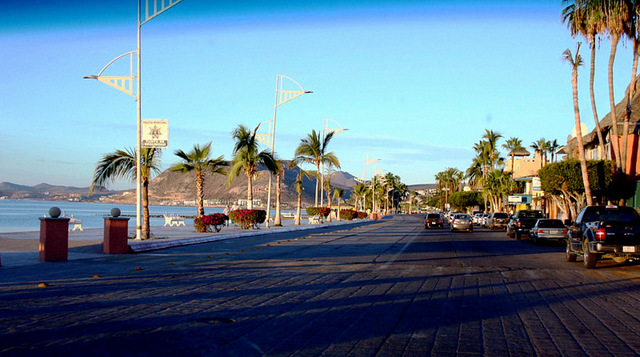
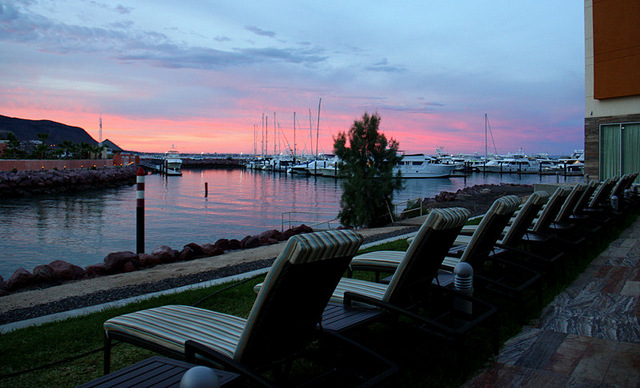
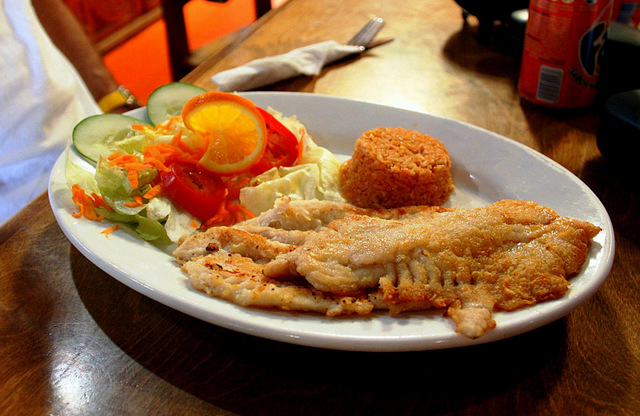
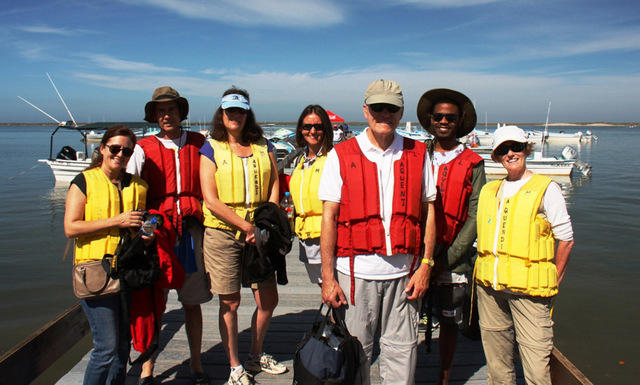
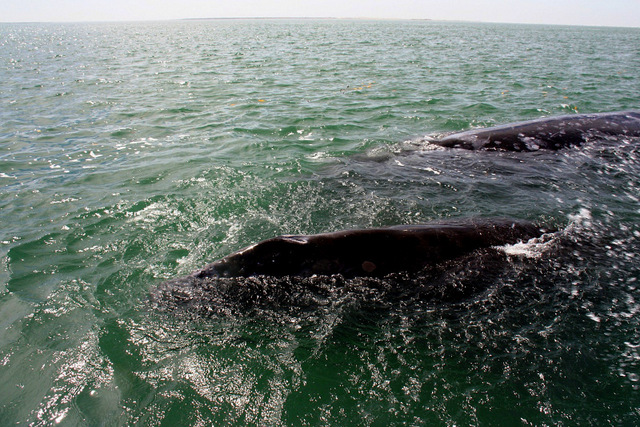
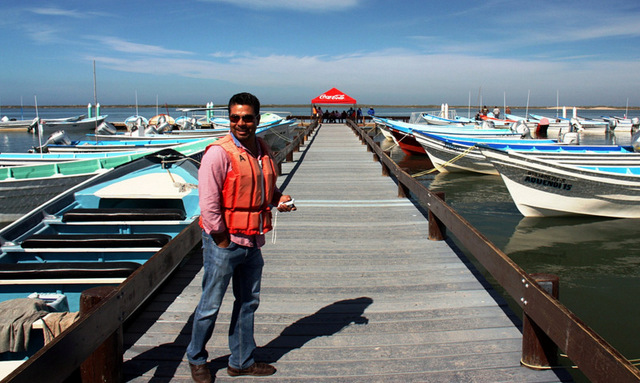
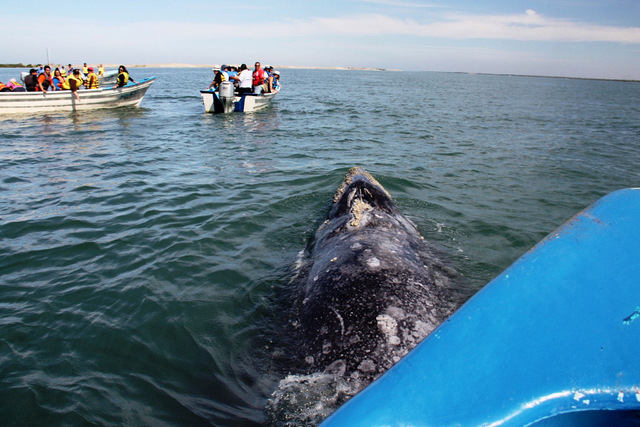
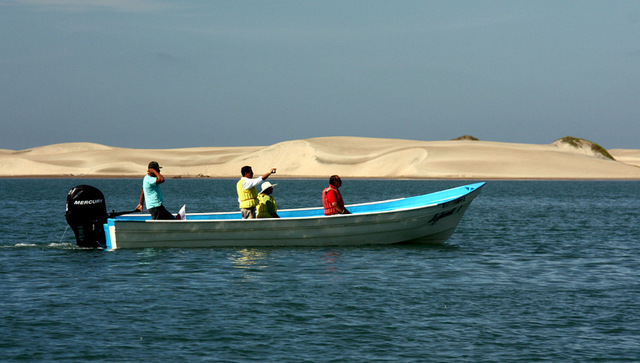
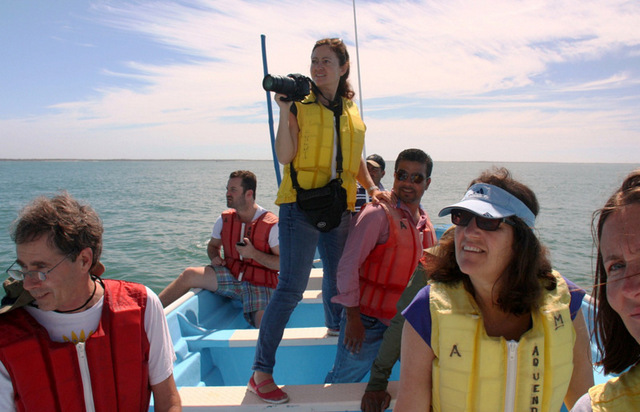
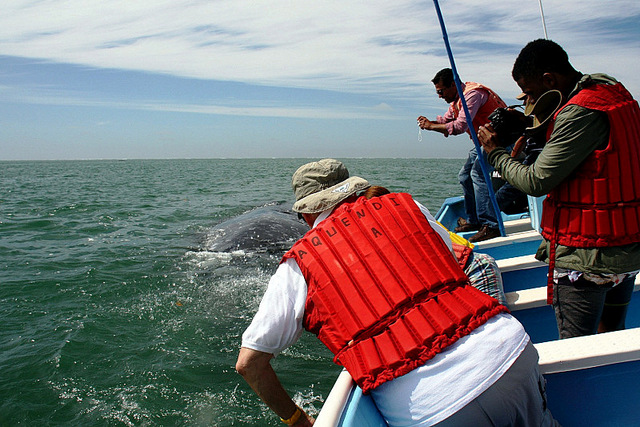
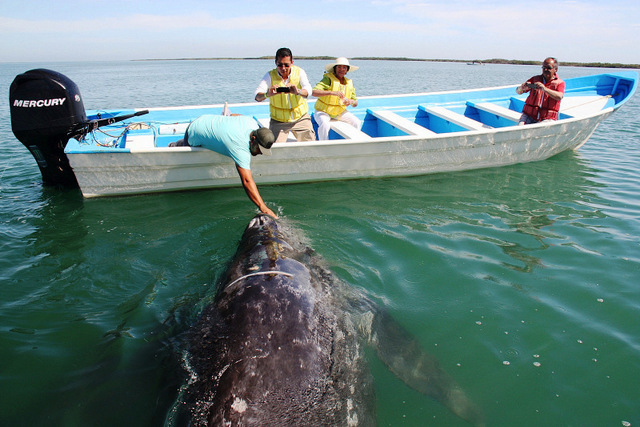
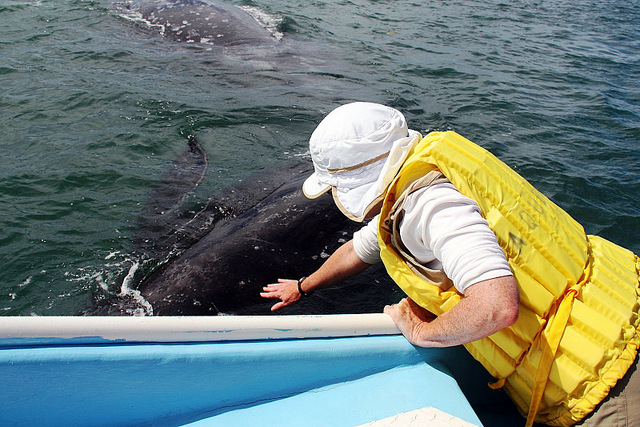
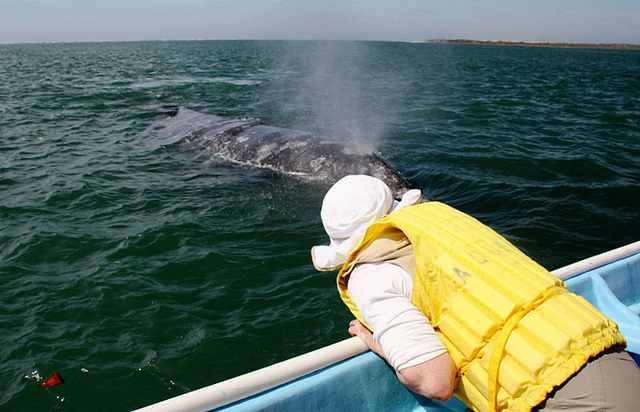
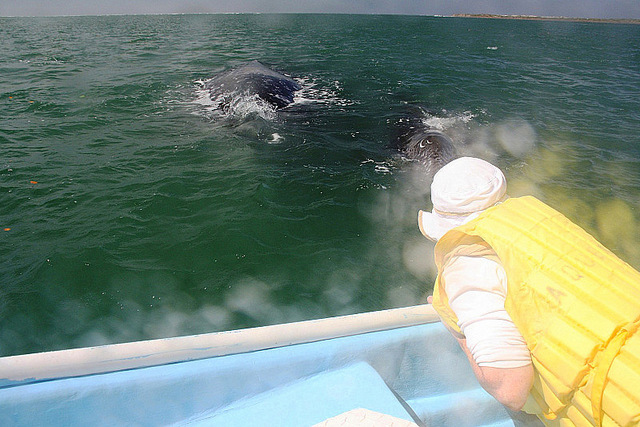
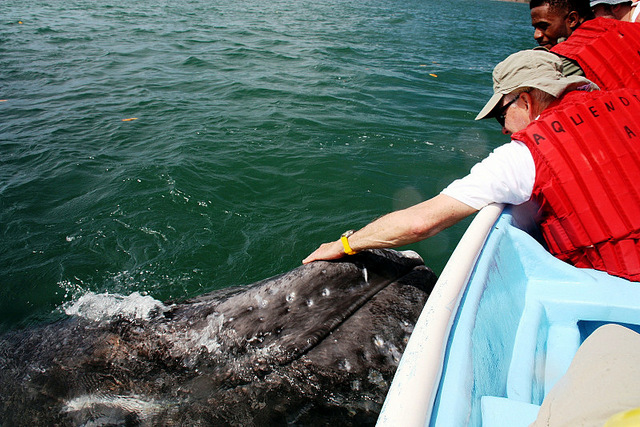
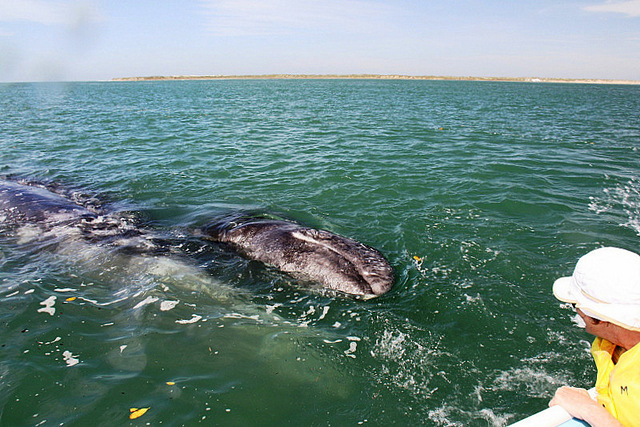
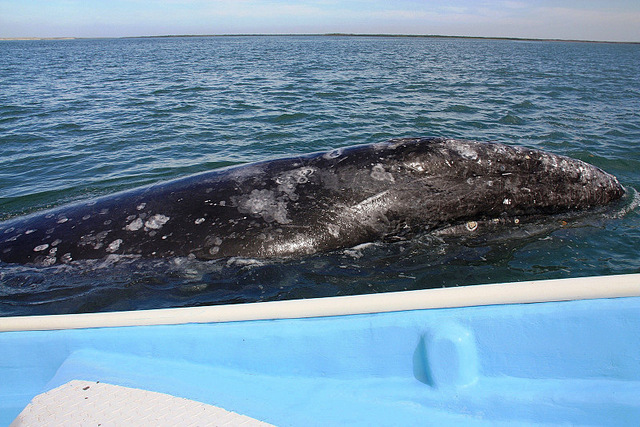
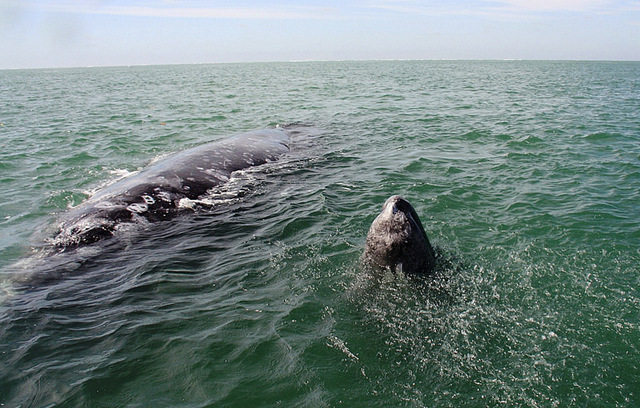
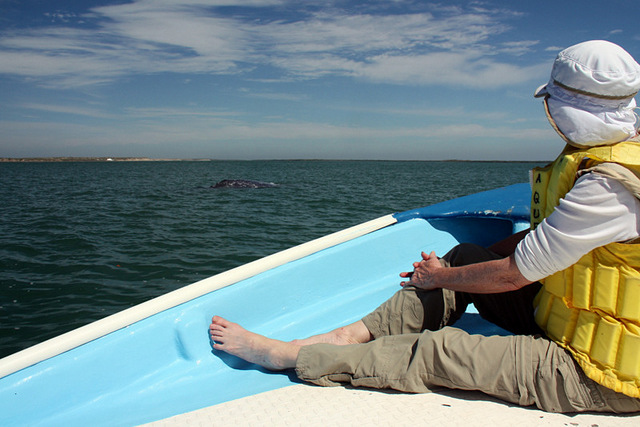
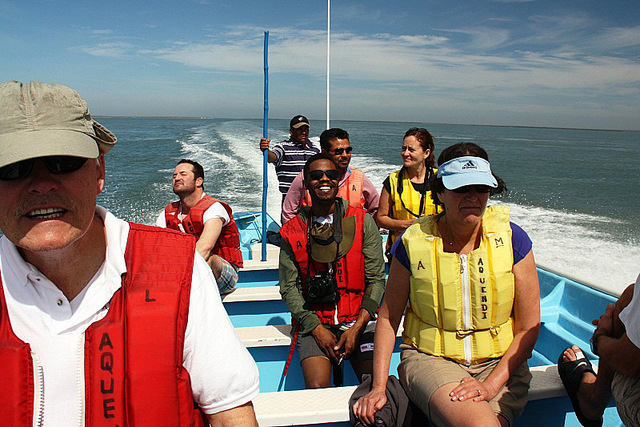
You need to be a member of Tripatini to add comments!
Join Tripatini